This article was co-authored by Ni-Cheng Liang, MD. Dr. Ni-Cheng Liang is a board certified Pulmonologist and the Director of Pulmonary Integrative Medicine at Coastal Pulmonary Associates affiliated with the Scripps Health Network in San Diego, California. She also serves as a Voluntary Assistant Professor of Medicine at the University of California San Diego School of Medicine while volunteering for the UCSD Medical Student-Run Free Clinic for uninsured patients. With over 15 years of experience, Dr. Liang specializes in pulmonary and respiratory medical concerns, mindfulness teaching, physician wellness, and integrative medicine. Dr. Liang received her Doctor of Medicine (MD) from the University of Maryland School of Medicine. Dr. Liang was voted as a San Diego Top Doctor in 2017 and 2019. She was also awarded the 2019 American Lung Association San Diego Lung Health Provider of the Year.
wikiHow marks an article as reader-approved once it receives enough positive feedback. This article has 13 testimonials from our readers, earning it our reader-approved status.
This article has been viewed 426,082 times.
Belly breathing, also called diaphragmatic breathing or abdominal breathing, is the process of breathing deeply so that your body receives a full supply of oxygen. While shallow breathing can cause shortness of breath and anxiety, deep breathing slows the heart rate and stabilizes blood pressure. It's a great technique to use when you want to decompress and lower your stress level. See Step 1 to learn more to get in the habit of breathing deeply from the belly.
Steps
Learning Basic Belly Breathing
-
1Take a slow, deep breath in through your nose. Let the air completely fill your lungs. Resist the urge to exhale quickly before you've fully inhaled. It definitely takes some practice, since most of us are in the habit of taking quick, shallow breaths instead of long, deep ones. Focus on breathing in as much as you can through your nose, which has tiny hairs that filter out dust and toxins so they can't reach your lungs.[1]
- As we go about our days, we often breathe in a quick, shallow way without being conscious we are doing so. Daily stresses distract us from being aware or mindful of the way we are breathing.
- Deep breathing will help you be more mindful of your body. Feel the air enter your lungs and fill them up. When you're concentrating on taking a deep breath, your worries are pushed aside for the time being.
-
2Let your stomach expand. As you draw in a deep breath, let your stomach expand by an inch or two. The air should travel all the way to your diaphragm, causing your belly to round out as it fills. If you watch a baby sleep, you see that babies belly-breathe naturally. Their stomachs, not their chests, rise and fall with each breath. As adults, we get conditioned to take shallow breaths instead of belly breaths. When we hold in our emotions, we tend to suck in our stomachs, tensing up rather than relaxing when we breathe. When you learn how to breathe properly, this tension goes away.
- Lay down, stand, or sit upright as you breathe. It's more difficult to draw in a full breath if you're in a slouched position.
- Place one hand on your belly, and the other on your chest, as you inhale. You can tell you're breathing deeply and properly if the hand on your belly rises out further than the one on your chest as you inhale.
Advertisement -
3Exhale fully. Let out your breath slowly through your nose. As you breath out, pull in your belly toward your spine. Exhale all of the breath in your lungs. After you exhale, take in another deep breath through your nose and continue breathing deeply. Try to exhale for twice as long as you inhale, and fully expel the air. [2] [3]
-
4Try breathing deeply five times in a row. Inhaling and exhaling counts as 1 time. This immediately calms you down by slowing your heart rate and blood pressure, as well as distracting your mind from stressful thoughts. Get in a comfortable position and practice deep breathing correctly 5 times in a row.[4]
- Remember that your stomach should expand an inch or so from your body, further than your chest expands.
- Once you get the hang of deep breathing, try doing it 10 or 20 times in a row. Notice how your body begins to feel as you flood it with oxygen.
-
5Perform this technique anytime, anywhere. Now that you know how to breathe deeply, use the technique as an immediate stress reducer when feeling uptight or worried. You can perform this deep breathing privately in quiet place. You can just as easily take five deep breaths while sitting at your desk, riding the subway or even talking on the phone. Use this tool to calm yourself down when and where you need to.[5]
- Each time you notice yourself taking short, shallow breaths, switch to deep ones. You'll immediately start feeling less frenzied and more in control.
- The more you practice deep breathing, the more natural it will feel. After all, as a baby you breathed deeply with each breath you took.
Using Deep Breathing to Calm Down
-
1Count to four as you inhale slowly. As you take in air through your nose, count from one to four, making sure not to rush. This counting exercise will help you regulate your breaths and concentrate on breathing deeply. Remember to let your belly move outward and breathe from your diaphragm.[6]
- This breathing exercise acts as a kind of sedative. Whenever you're feeling particularly stressed out or in need a quick way to calm down, find a quiet place to practice 4-7-8 breathing.
- You can also use this breathing exercise to help you fall asleep.
-
2Hold your breath for seven seconds. Relax and hold it, not breathing in or out, as you wait for seven seconds. You can count in your head or use a watch.[7]
-
3Exhale for eight seconds. Slowly let the air out through your mouth as you count to eight. Timing your exhale will help you make sure that it's about twice as long as your inhale, which is optimal for deep breathing. As you exhale, pull your stomach in to help expel as much air as you can.[8]
-
4Repeat for a total of four breaths. Breathe in again, hold it, and exhale completely. Remember to count every time so that the 4-7-8 ratio always stays the same. After four breaths, you should feel a sense of calm. Repeat the exercise for several more breaths if needed.
Trying an Energizing Breathing Technique
-
1Sit in an upright position. Sit in a straight-backed chair, and hold your spine erect. This is the correct starting position for a breathing exercise called the Bellows technique, a combination of deep breathing and rapid breathing. Since it is meant to help you get energized, so it's better to do it sitting than lying down.[9]
-
2Start by taking several deep, full breaths. Inhale slowly and fully, then exhale slowly and fully. Repeat at least four times, so that you're completely relaxed.[10]
-
3Breath in and out of your nose quickly for 15 seconds. Keep your mouth closed and breath in and out of your nose as fast as you can, taking quick but deep breaths. The breaths should still be diaphragm breaths, but you want to breathe in and out as fast as you can.
- It might help to put your hand on your stomach to make sure it's rising and falling as you breathe. It can be easy to do the bellows exercise without engaging your diaphragm as much as you should.
- Keep your head, neck, and shoulders still as your belly moves in and out.
-
4Do another round of 20 breaths. After a short break, use the exact same technique to take 20 breaths. Breathe in and out through your nose, making sure you're taking breaths from your diaphragm.
-
5Do a third round of 30 breaths. This is the last set of breaths. Breathe in and out through your nose, making sure you're taking breaths from your diaphragm.
-
6Rest for a moment and move on with your day. You should feel fully energized and ready to perform at a high level for the rest of the day. Since the bellows technique is so energizing, it's best not to do it before going to bed at night.
- If you feel lightheaded or dizzy during the process of trying this technique, stop immediately. If you want to try again later, do fewer breaths and work your way up to a complete round of bellows.
- Pregnant women, people with panic disorder, and people who experience seizures should not perform this exercise.
Expert Q&A
-
QuestionShould you breathe in through your nose or mouth?
 Ni-Cheng Liang, MDDr. Ni-Cheng Liang is a board certified Pulmonologist and the Director of Pulmonary Integrative Medicine at Coastal Pulmonary Associates affiliated with the Scripps Health Network in San Diego, California. She also serves as a Voluntary Assistant Professor of Medicine at the University of California San Diego School of Medicine while volunteering for the UCSD Medical Student-Run Free Clinic for uninsured patients. With over 15 years of experience, Dr. Liang specializes in pulmonary and respiratory medical concerns, mindfulness teaching, physician wellness, and integrative medicine. Dr. Liang received her Doctor of Medicine (MD) from the University of Maryland School of Medicine. Dr. Liang was voted as a San Diego Top Doctor in 2017 and 2019. She was also awarded the 2019 American Lung Association San Diego Lung Health Provider of the Year.
Ni-Cheng Liang, MDDr. Ni-Cheng Liang is a board certified Pulmonologist and the Director of Pulmonary Integrative Medicine at Coastal Pulmonary Associates affiliated with the Scripps Health Network in San Diego, California. She also serves as a Voluntary Assistant Professor of Medicine at the University of California San Diego School of Medicine while volunteering for the UCSD Medical Student-Run Free Clinic for uninsured patients. With over 15 years of experience, Dr. Liang specializes in pulmonary and respiratory medical concerns, mindfulness teaching, physician wellness, and integrative medicine. Dr. Liang received her Doctor of Medicine (MD) from the University of Maryland School of Medicine. Dr. Liang was voted as a San Diego Top Doctor in 2017 and 2019. She was also awarded the 2019 American Lung Association San Diego Lung Health Provider of the Year.
Board Certified Pulmonologist Try breathing through nose, which has a filtration system that picks out dirt, viruses, bacteria, and even bugs.
Try breathing through nose, which has a filtration system that picks out dirt, viruses, bacteria, and even bugs. -
QuestionHow do you take deep breaths with anxiety?
 Ni-Cheng Liang, MDDr. Ni-Cheng Liang is a board certified Pulmonologist and the Director of Pulmonary Integrative Medicine at Coastal Pulmonary Associates affiliated with the Scripps Health Network in San Diego, California. She also serves as a Voluntary Assistant Professor of Medicine at the University of California San Diego School of Medicine while volunteering for the UCSD Medical Student-Run Free Clinic for uninsured patients. With over 15 years of experience, Dr. Liang specializes in pulmonary and respiratory medical concerns, mindfulness teaching, physician wellness, and integrative medicine. Dr. Liang received her Doctor of Medicine (MD) from the University of Maryland School of Medicine. Dr. Liang was voted as a San Diego Top Doctor in 2017 and 2019. She was also awarded the 2019 American Lung Association San Diego Lung Health Provider of the Year.
Ni-Cheng Liang, MDDr. Ni-Cheng Liang is a board certified Pulmonologist and the Director of Pulmonary Integrative Medicine at Coastal Pulmonary Associates affiliated with the Scripps Health Network in San Diego, California. She also serves as a Voluntary Assistant Professor of Medicine at the University of California San Diego School of Medicine while volunteering for the UCSD Medical Student-Run Free Clinic for uninsured patients. With over 15 years of experience, Dr. Liang specializes in pulmonary and respiratory medical concerns, mindfulness teaching, physician wellness, and integrative medicine. Dr. Liang received her Doctor of Medicine (MD) from the University of Maryland School of Medicine. Dr. Liang was voted as a San Diego Top Doctor in 2017 and 2019. She was also awarded the 2019 American Lung Association San Diego Lung Health Provider of the Year.
Board Certified Pulmonologist Use the 4-7-8 breathing exercise or the bellows technique described in the article.
Use the 4-7-8 breathing exercise or the bellows technique described in the article.
Warnings
- If you get dizzy or lightheaded, you are breathing too quickly.⧼thumbs_response⧽
- If you have asthma, this exercise in breathing is likely to trigger an attack.⧼thumbs_response⧽
References
- ↑ Ni-Cheng Liang, MD. Board Certified Pulmonologist. Expert Interview. 18 June 2021.
- ↑ http://psychcentral.com/lib/learning-deep-breathing/0003203
- ↑ Ni-Cheng Liang, MD. Board Certified Pulmonologist. Expert Interview. 18 June 2021.
- ↑ https://www.webmd.com/balance/stress-management/stress-relief-breathing-techniques
- ↑ Ni-Cheng Liang, MD. Board Certified Pulmonologist. Expert Interview. 18 June 2021.
- ↑ https://www.inc.com/minda-zetlin/breathing-technique-calm-mental-focus-vagus-nerve-christopher-bergland.html
- ↑ https://www.inc.com/minda-zetlin/breathing-technique-calm-mental-focus-vagus-nerve-christopher-bergland.html
- ↑ https://www.inc.com/minda-zetlin/breathing-technique-calm-mental-focus-vagus-nerve-christopher-bergland.html
- ↑ https://www.webmd.com/fitness-exercise/video/video-energizing-breath-exercises
About This Article
To breathe deeply, start by slowly inhaling through your nose for 4 seconds. After you’ve inhaled, hold your breath for 7 seconds. Then, exhale through your mouth for 8 seconds. Repeat these steps 4 times, or until you feel calmer. To learn an energizing breathing technique, read on!




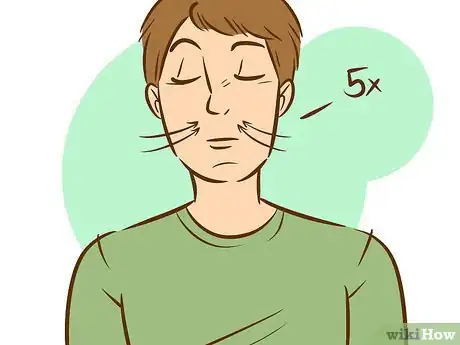
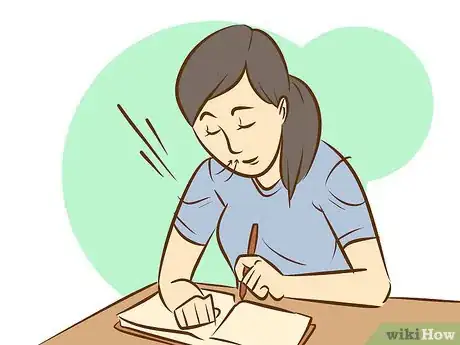

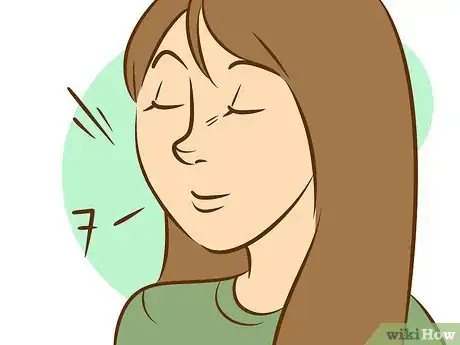


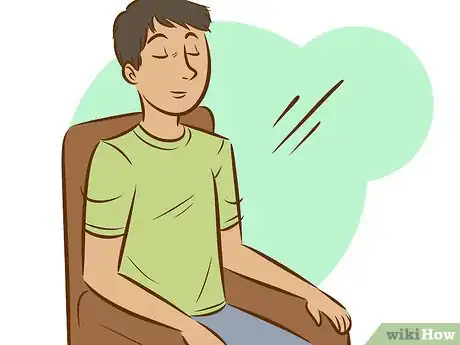

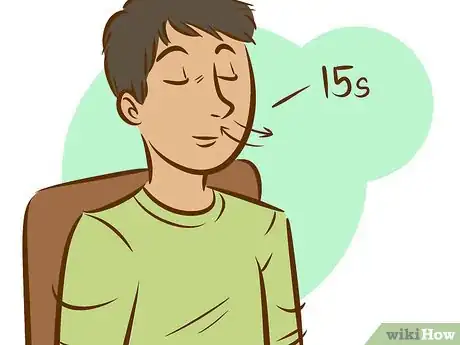

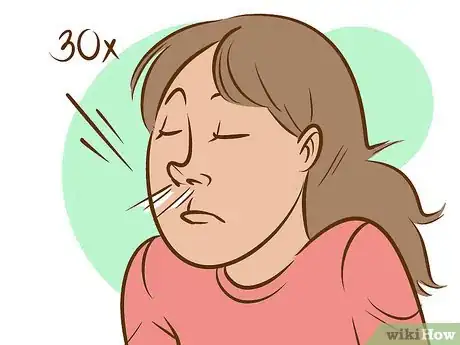

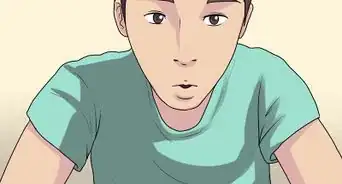


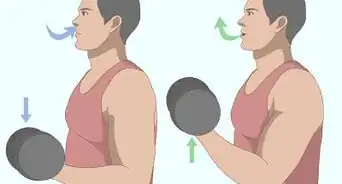
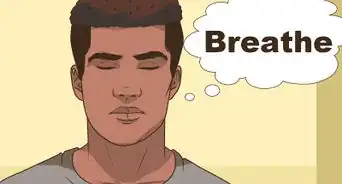

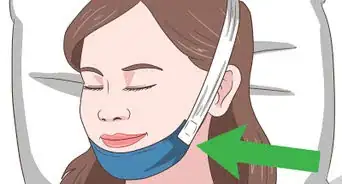

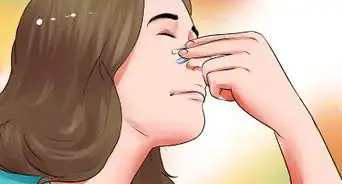
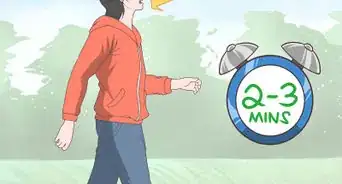

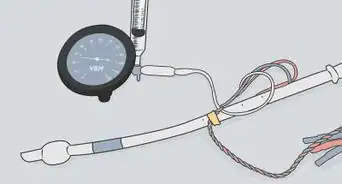

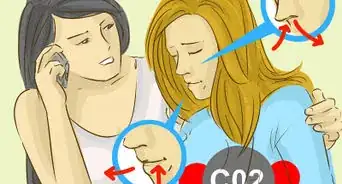












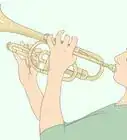
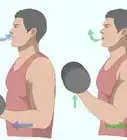



































Medical Disclaimer
The content of this article is not intended to be a substitute for professional medical advice, examination, diagnosis, or treatment. You should always contact your doctor or other qualified healthcare professional before starting, changing, or stopping any kind of health treatment.
Read More...